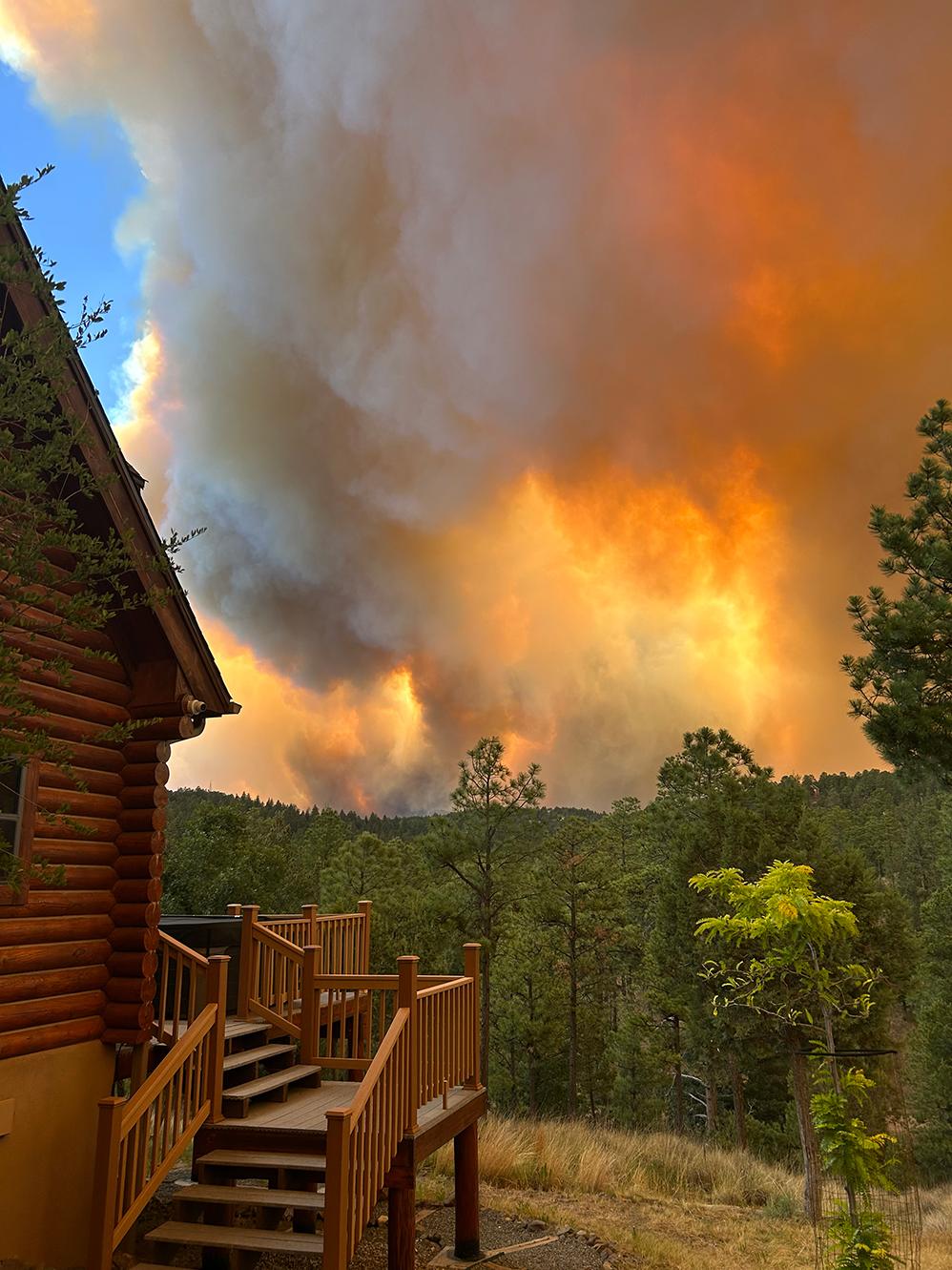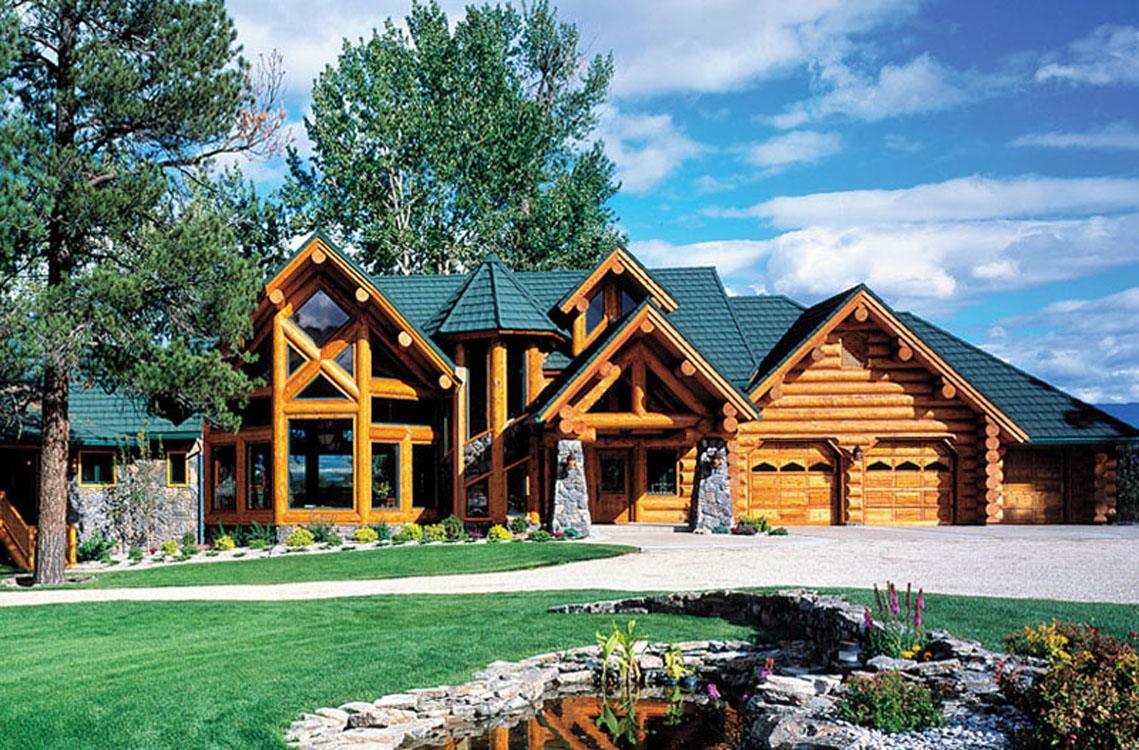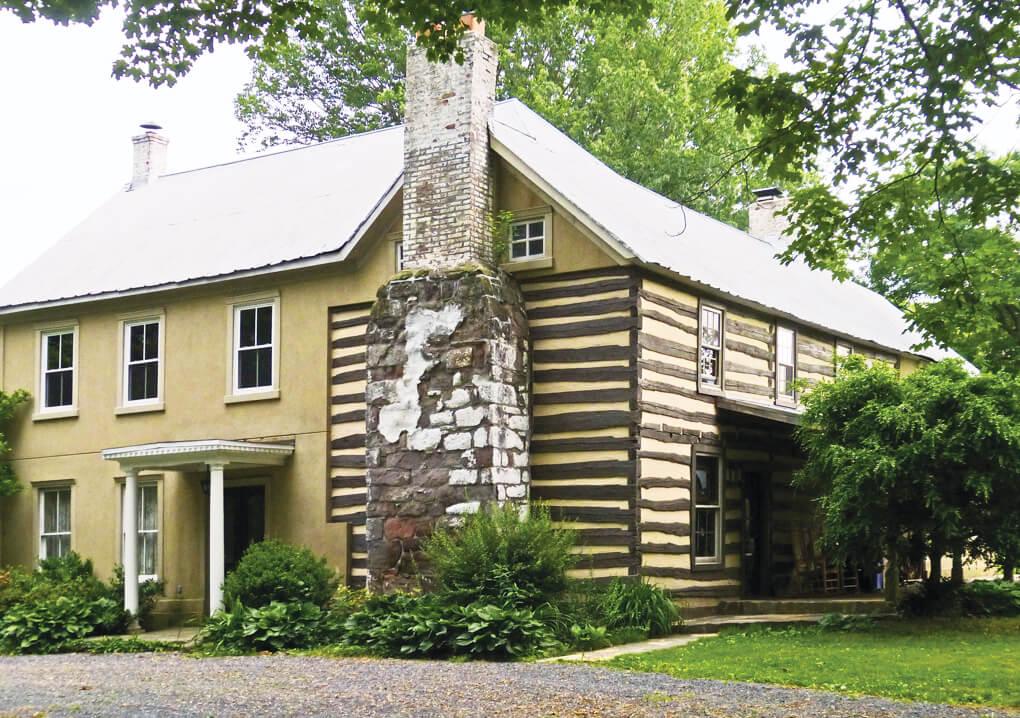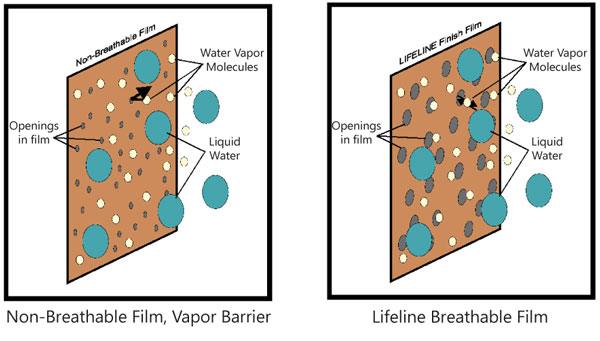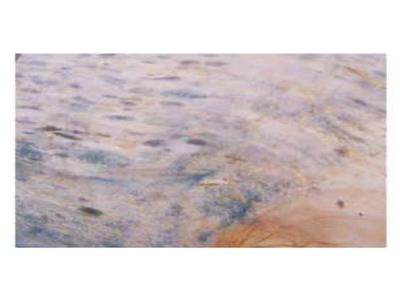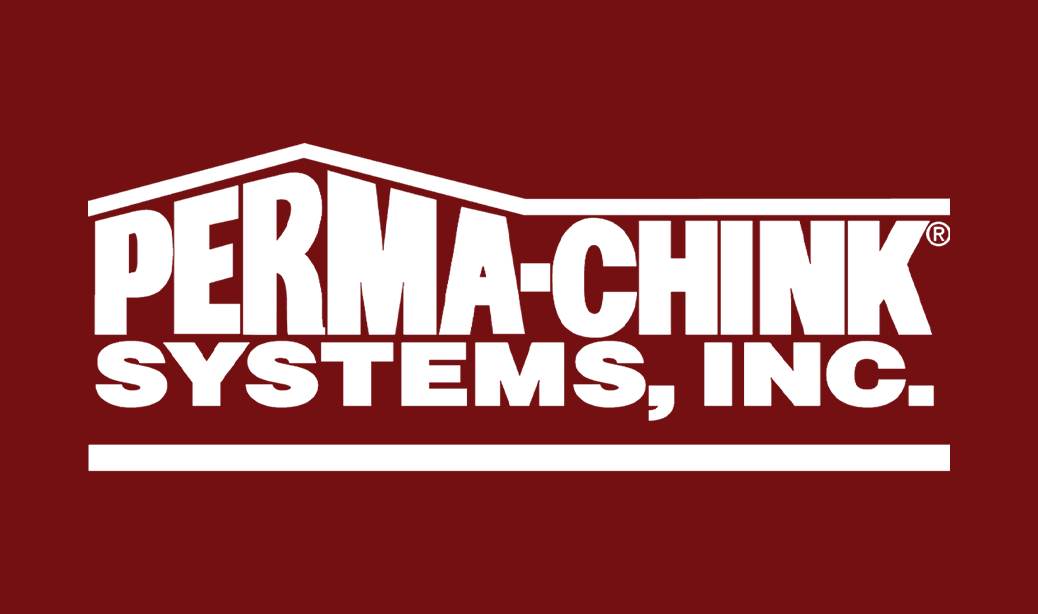Blog
Surviving the South Fork Fire
I wanted to share our experience and express my gratitude for your incredible products and support.
Hi! My name is Brent Kriegel. We own a log home in Ruidoso, NM, which we purchased in September 2020. In July 2021, we fully restored the exterior—sandblasting off the old oil-based stain and using 100% Perma-Chink Systems products for Prep, Stain, and Energy Seal. The results were fantastic!
South Fork Fire & Home Impact
Fast forward to June 17, 2024, when the South Fork Fire devastated our area. The fire, which was declared a national disaster, burned 17,000 acres and destroyed 21 cabins in our subdivision, including our guesthouse and carport.
Amazingly, our log home—the primary residence—is the only structure still standing in our neighborhood.
The damage to our cabin was minimal:
We lost the first couple of steps to our front porch and a pier from the back porch.
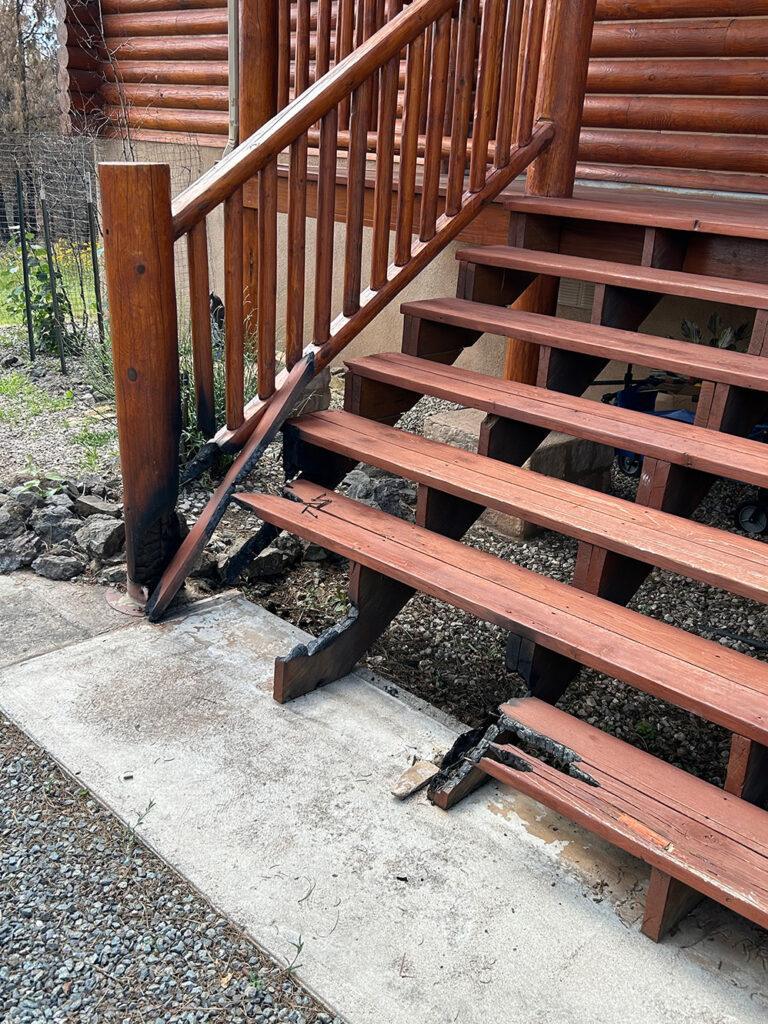
Six windows on the west side cracked from the heat.
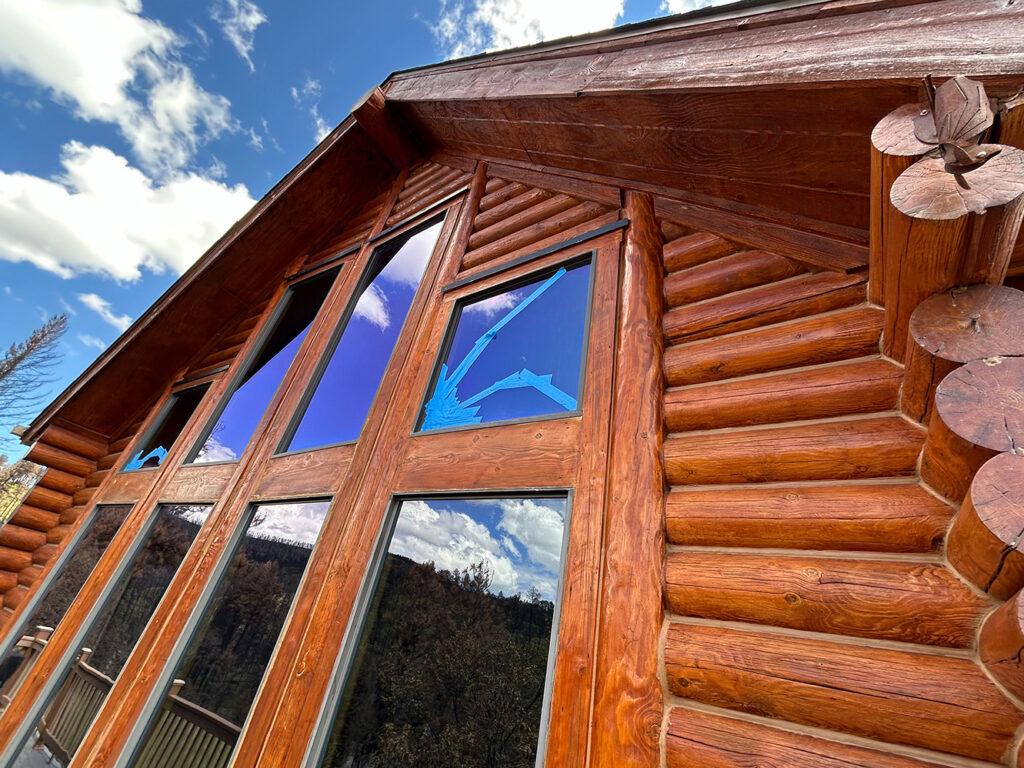

Repairing the Damage
After utilities were restored, I connected with Dakota Zeman from Perma-Chink Systems for an inspection. We reviewed photos, FaceTimed for a closer look, and tested the exterior gloss. The solution was simple:
One coat of exterior gloss topcoat
Touch-up of the Energy Seal between the logs
The Completed Project
Four months later, we are back in our cabin, and everything is great. We experienced minimal smoke damage inside, which I credit to the Energy Seal sealant protecting between the logs. After applying a new coat of Lifeline Advance top gloss and fixing a few small Energy Seal areas, the cabin looks brand new again.
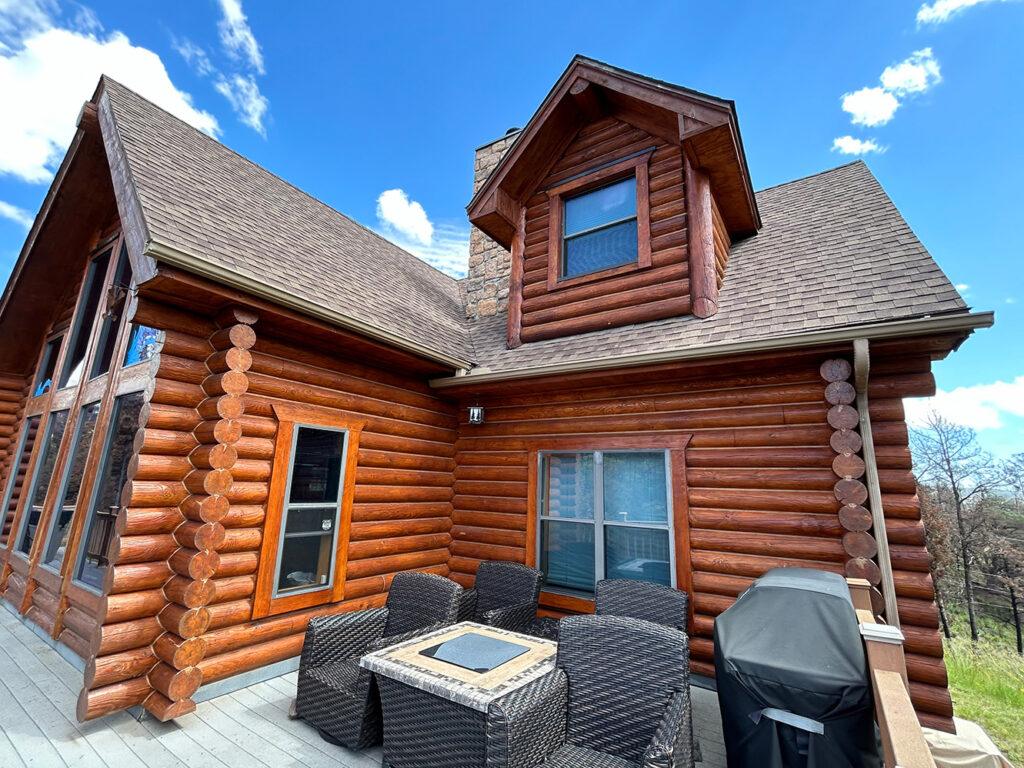
I’ve received multiple phone calls from locals, all asking how our cabin survived the fire. My answer is always simple:
“We are incredibly thankful—and I recommend building with solid logs and using Perma-Chink Systems products.”
Thank you and your entire team for your support during this difficult time.
Gratefully,
Brent K.
Ruidoso, NM
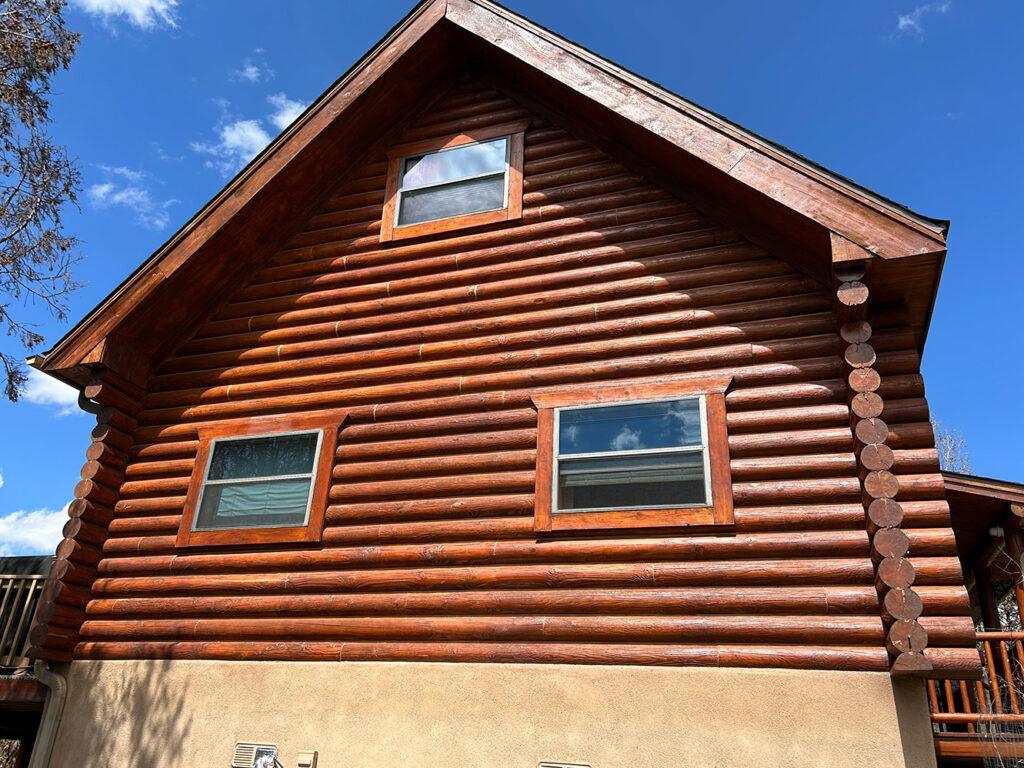
Closing Notes
We at Perma-Chink Systems thank Brent for being a great customer and we’re happy that the home was not severely damaged. As much as we would love to claim it, our products are not fireproof. Please mitigate fire risk by clearing around the home any flammable materials or foilage.
For several years our Lifeline™ Advance Topcoats have been an integral part of our exterior finish systems. In addition to prolonging the life of the finish system, Advance Topcoats help keep the exterior surfaces free of dust and dirt, and make them easier to clean. That’s because Advance is designed specifically as a topcoat. Unlike most topcoats on the market, Advance is not just a non-pigmented version of our Lifeline stain. Because we formulate our stains for maximum color retention and adhesion when applied to bare wood, we use an entirely different formulation to meet the performance criteria important in a clear topcoat.
For interiors, we follow the same approach: A pigmented finish designed for adhesion and color fastness, covered with a topcoat specially formulated for protection. Let’s go through the options homeowners have to best achieve their desired look.
Choosing a Pigmented Interior Finish & Topcoat
The same concept applies to our Lifeline Interior finishes as well. Acrylic Gloss and Satin (G/S) and Sure Shine™ Gloss and Satin are totally different formulations than Lifeline Interior. Lifeline Interior, Lifeline Accents, and Prelude™ contain a polymer system that offer some distinct adhesion advantages when applied to bare wood. However, when left exposed without a topcoat, they are more susceptible to dirt pick-up that may not be easily cleaned off. When topcoated with Acrylic G/S or Sure Shine G/S, the finish surfaces become much more impervious to dirt pick-up, and since the coating surfaces are slick and smooth, they can be kept clean with much less effort. The bottom line is that Lifeline Interior, Lifeline Accents or Prelude are highly recommended to be topcoated with either Acrylic G/S or Sure Shine G/S.

The Difference of Interior-Specific Topcoats
Whenever a house is over one or two years old, or you are sure your logs are dry, be sure to obtain samples of both Sure Shine G/S and Acrylic G/S to try. If Acrylic G/S does not result in the smooth, slick surface that you may be expecting, try Sure Shine G/S. Sure Shine G/S is a water-based acrylic-urethane that builds depth and luster with fewer coats. However, polyurethane films are less breathable, so we do not recommend their use on logs that have not fully seasoned. One or two coats of Sure Shine G/S can always be applied over the Acrylic G/S later if you want a smoother, deeper finish on your interior walls.

Choosing a Natural Finish on Interior Logs
What if you don’t want a pigmented stain on your interior wood? Do you need to apply Prelude or Lifeline Interior Clear before applying Sure Shine G/S or Acrylic G/S? From a technical and performance standpoint it does not matter, although Prelude does include an additive called UV Boost that will help prevent the picture frame effect that occurs over time. Although UV Boost can be added to Interior Clear, Acrylic G/S and Sure Shine G/S, most people prefer not to spend more money than they need to, and using Prelude as a primer on bare interior wood will significantly decrease the amount of more expensive Acrylic G/S or Sure Shine G/S you will require.
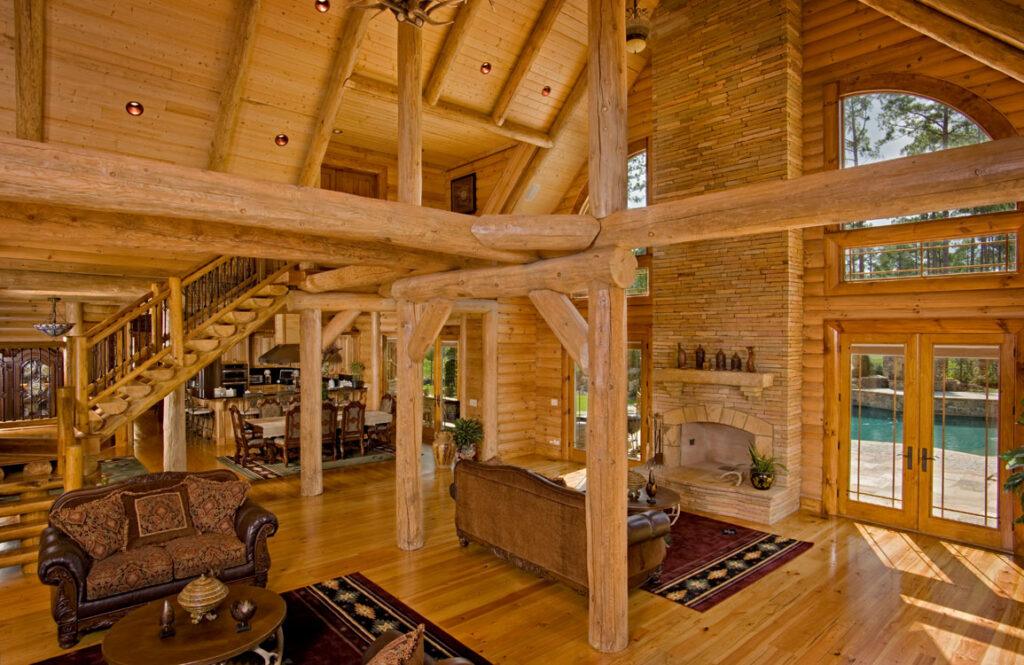
Order today (don’t forget our FREE samples!) online at Store.PermaChink.com or call 1-800-548-3554.
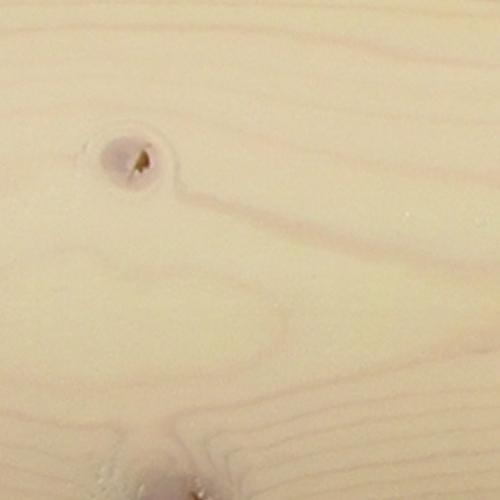
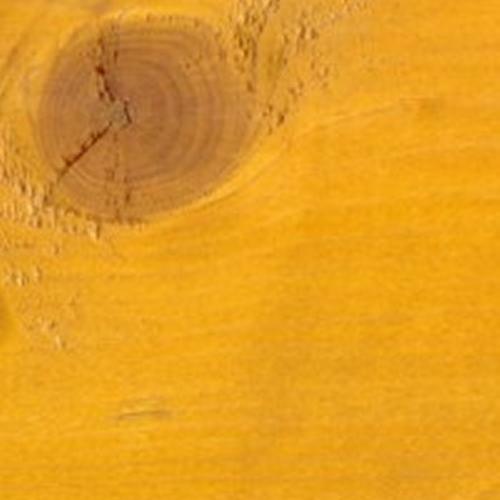

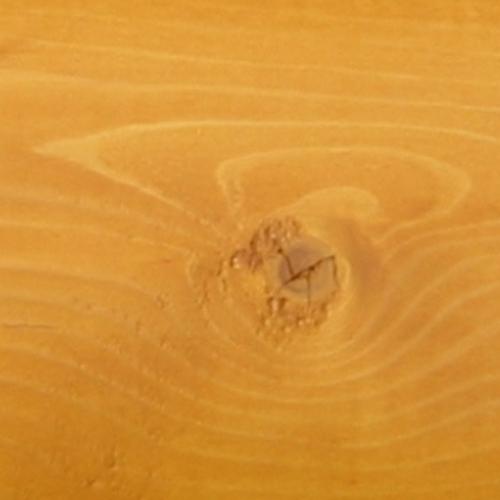

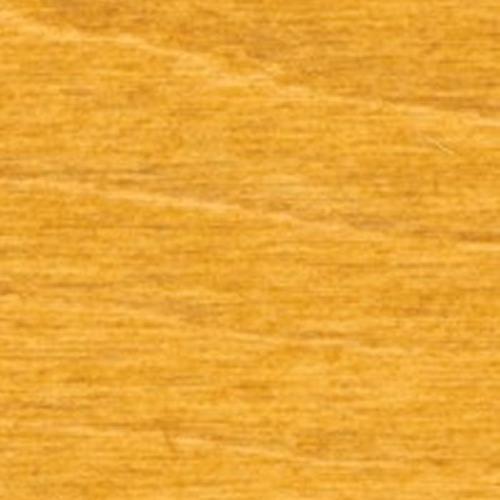
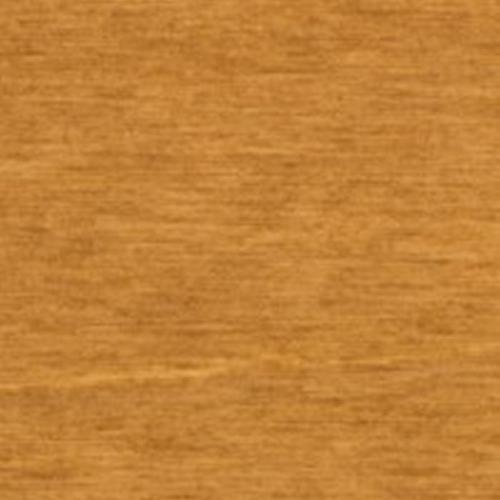
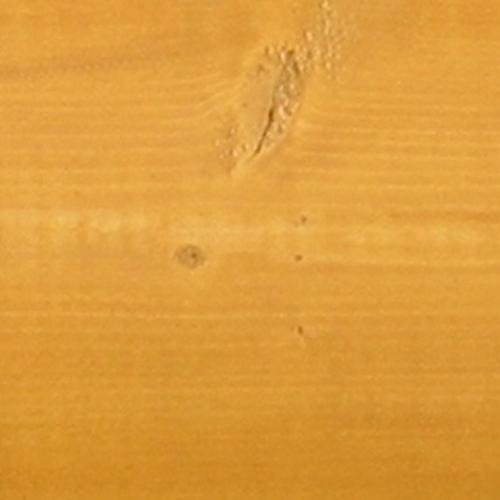
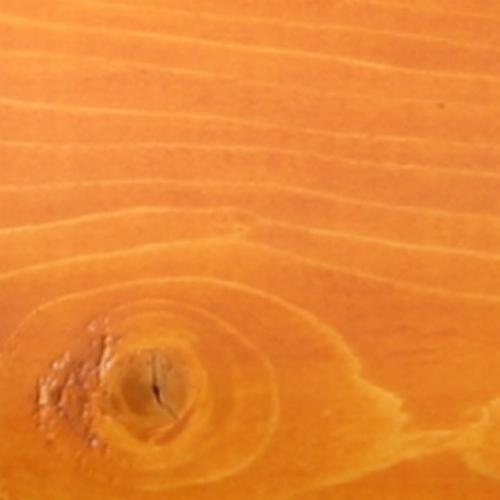


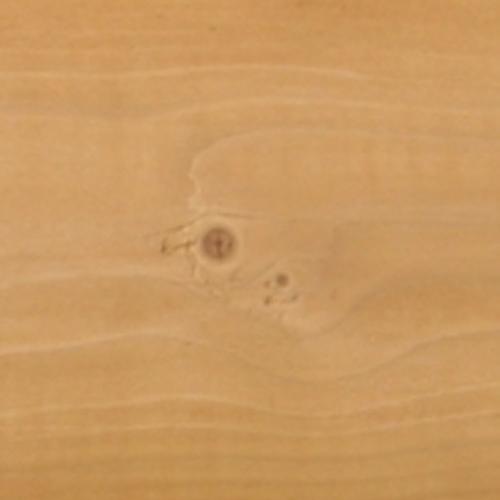
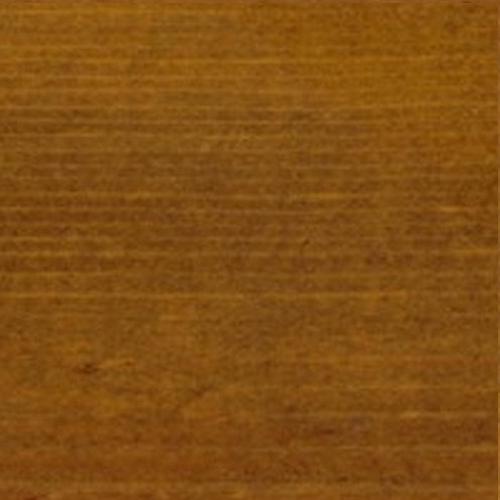



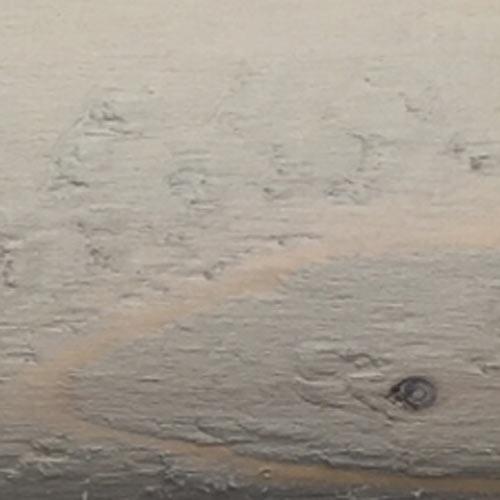


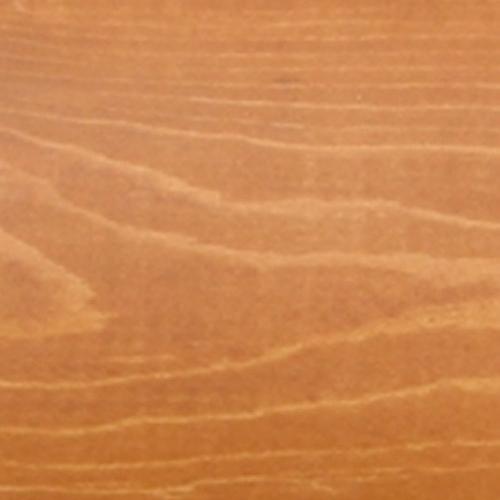




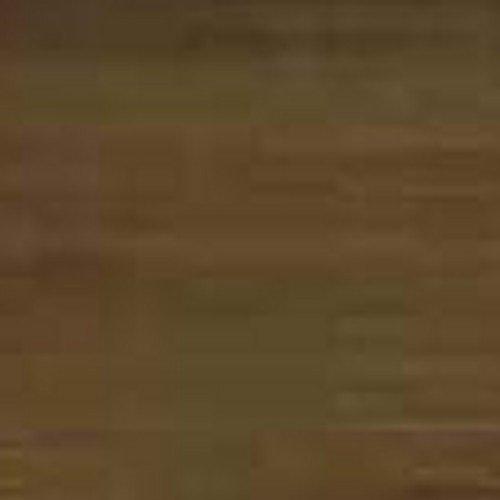
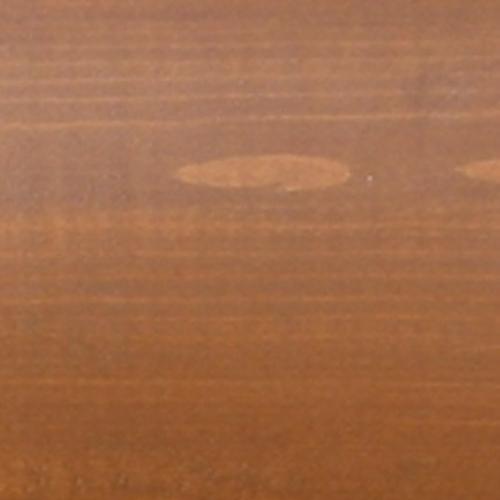
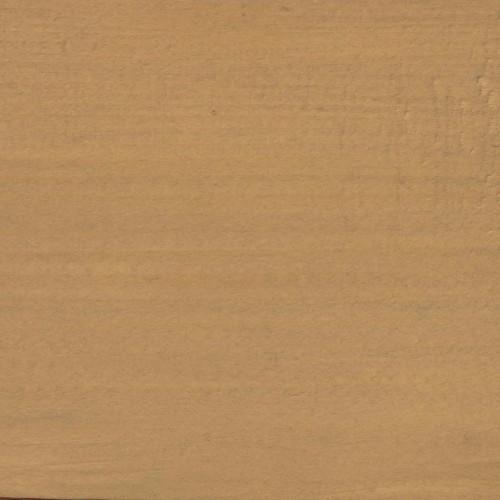
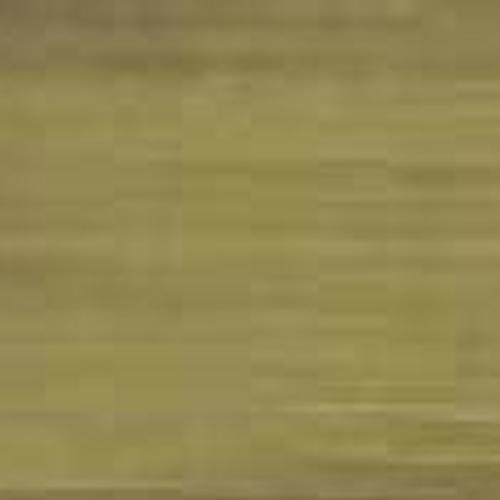

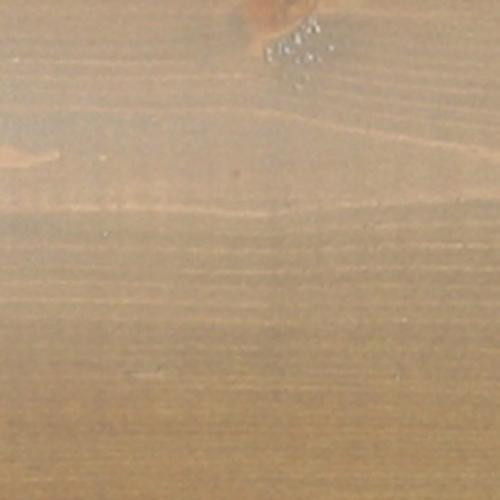
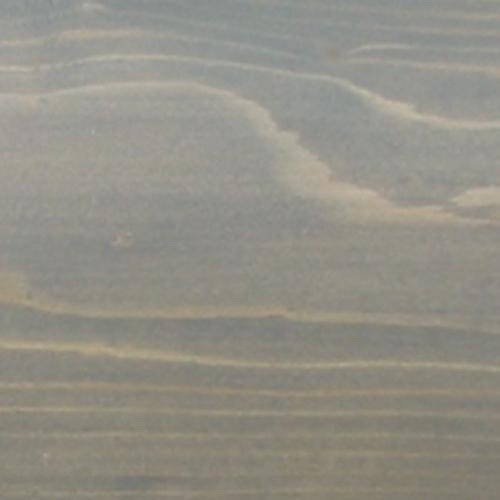


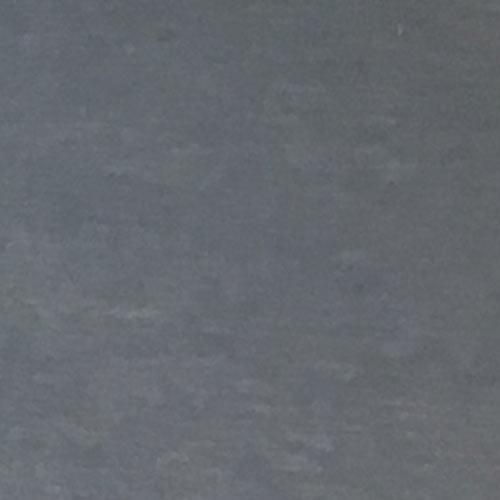


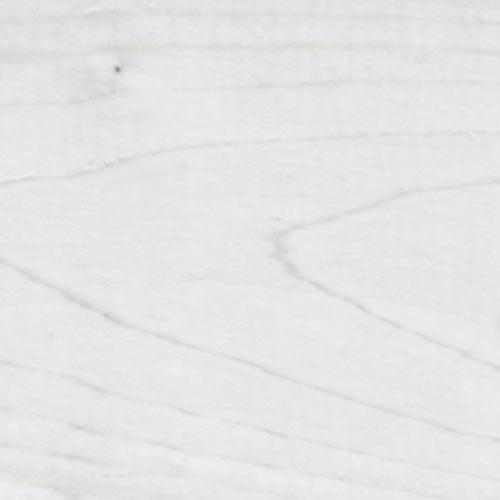
As our country was founded, established and expanded, log homes were prevalent across the colonies. President Abraham Lincoln was famously raised in a log home, and that home is still preserved today. Some of our greatest presidents came from humble beginnings and modest homes. What some people might not know is a log home constructed in 1808 was built on George Washington’s Farm.
Perma-Chink Systems has the honor of being part of the restoration and preservation of the log home, remembering history as we do it. In honor of President’s Day, we take a look at the restoration of this log home on Washington’s Farm.
“When I stumbled upon Washington Farm’s log home, built in 1808, I knew the logs would need a LOT of restoration. Due to the historical significance of the structure I was determined only to work with the best in the country. Of all the contractors I contacted none of them were as prompt, courteous and knowledgeable as Mr. Pat Woody and his team. The pricing proposed was very reasonable and the work meticulous. I HIGHLY recommend Woody Wood Chinking to other historical log home enthusiasts without hesitation.”
– M. Boblitt
“We pressure washed the logs, then removed the exterior chinking, backer and insulation. We replaced the insulation and installed backing material. We then applied Lifeline Ultra-2 Stone Gray color to the logs. We applied Perma-Chink Sandstone chinking to the exterior. Finally we applied Lifeline Advance satin topcoat. Working on the job was myself, Chris Woody, my dad, Pat Woody, and our friend Nathon Foster.”
– Chris Woody, Woody Wood Chinking
For more information contact Woody Wood Chinking at 434-384-0515

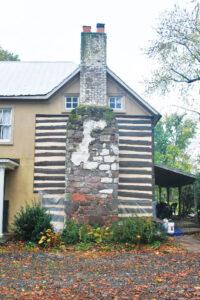

When it’s time to restore your log or timber home – or you’re building new – choose the products used to preserve history. Perma-Chink Systems has the leading log and timber home care products from sealants to finishes to cleaners and more.

519 acres owned 1794-1799 by the First President
Thomas Sprigg, Jr., patented in 1725 as “Woodstock” 1,102 acres here, inherited in 1782 by Sprigg’s three granddaughters, Sophia, Rebecca and Elizabeth. Sophia married John Francis Mercer (later Governor of Maryland, 1801-1803.) in 1794. Nearly half of the property was conveyed to George Washington to settle a debt owed by Mercer’s father. Washington owned this land at his death in 1799.
Erected by Maryland Bicentennial Commission and Maryland Historical Society
Presidents have come from varied backgrounds, humble and not-so-humble. Take a look at former homes of Presidents in our article Presidential Birthplaces.
A hollowed-out piece of timber on your home might make a convenient storage space for sports equipment or toys, but it’s a problem. Before you panic and list your home up on Zillow or Redfin, let’s take a look at the situation.
What To Do When You Find Log Rot?
How much decay have you found? If it’s not halfway deep through the log, or less than a couple of feet lengthwise, odds are it can be repaired easily. M-Balm and E-Wood from Perma-Chink Systems are specially formulated epoxies designed to repair decay and soft spots in homes. Large voids can be repaired with filler wood like 2×4 boards to add some rigidity to the repaired section.
The biggest threat to log homes is decay damage, caused by moisture-loving fungi. The three basic categories of wood-destroying fungi are soft rot, brown rot, and white rot. Preventing rot begins with eliminating as much contact as possible with moisture, which breeds fungi. The best product that addresses moisture prevention is using borate preservatives, which destroy wood fungi and protect against decay. It also fights against wood-boring insects.
If you do discover decay in your logs during inspections, it can most likely be mitigated and eliminated without the need for a costly log replacement. If the decay does not exceed more than half the depth of the log, or only a few feet lengthwise, use M-Balm and E-Wood.
E-Wood epoxy has the ability to be cut, sanded, textured, and finished like real wood.

How To Repair Log Rot?
Jeff Kyger of Northwest Log Home Care showed us a decay issue and the resolution utilizing M-Balm and E-Wood to repair the log. While it is a handy storage space for sports equipment, the decay could have progressed deep in the wood and compromised the home. Jeff was able to repair the log decay damage with M-Balm and E-Wood.

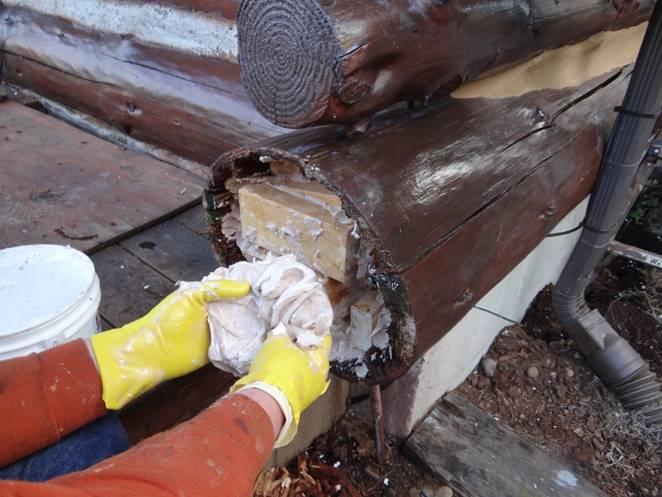
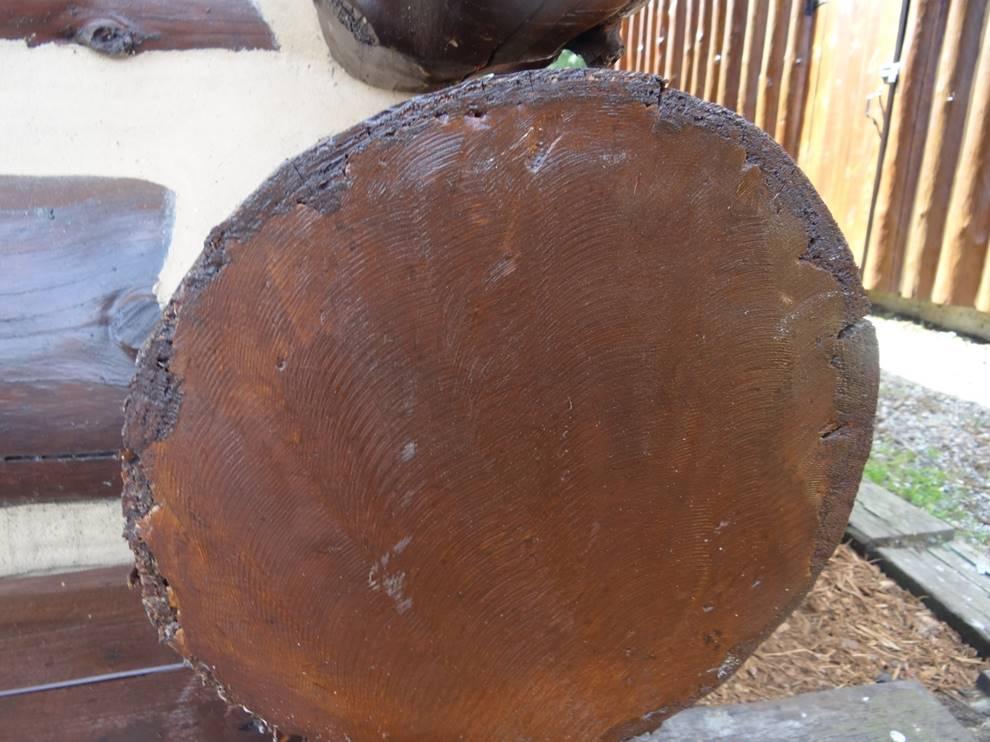
The first step in repair is to clean out the decay and get the log dry.
We recommend applying Shell-Guard RTU to the cleaned area to eliminate any possible decay fungi and prevent future infestation. Once the decay cavity has dried, coat the exposed wood with M-Balm to bond loose fibers and create a solid bonding surface area for the filler agent. M-Balm epoxy liquid penetrates deeply into porous wood, curing and hardening into a strong water-resistant mass that includes the original wood fibers and the epoxy mixture.
E-Wood epoxy can be stained with Lifeline stains during mixing or after application to match your log home color.
What About Small Areas of Wood Rot?
For small voids, use E-Wood Paste. E-Wood paste epoxy works excellent on window trims, small checks on log ends and other places where putty may be difficult to apply.
How To Find Log Rot?
Regularly inspect your home for rot and stop it from spreading and causing an expensive repair. We recommend annual inspections every spring season, where cleaning the home allows a focused look at your log home. With Perma-Chink System’s wood restoration products M-Balm and E-Wood, decay can be repaired and your home restored to like-new condition.
Check out our tech tip on repairing large voids, and our other Tech Tips for more in-depth instructions on maintaining and repairing your log home.
If you have any questions or need to order product, call us at 1-800-548-3554.
One feature of Perma-Chink’s LIFELINE™ finish systems is their ability to breathe, but what does this mean? The term describes the ability of water vapor to permeate a film.
What Exactly Does “Breathable” Mean?
To understand, it takes a little bit of chemistry and physics but the concept is fairly simple. Technically, for those of you who want to impress friends, the scientific term is vapor permeability, which is the ability of water vapor to permeate through a film.
Polymer films are composed of long chains of molecules that are bound together in a three-dimensional matrix. This matrix, in films like polyurethane and alkyd coatings, is quite dense and there is not much space between the polymer chains. These polymer chains prevent small water vapor molecules from making their way through the film. On the other hand, LIFELINE finishes form a less dense matrix with room enough for water vapor molecules to penetrate through the film, but not enough space to allow liquid water to make its way into or through the film.
The water vapor transmission rate is measured to determine the extent of vapor permeability through a film. It can be thought of in terms of a film with many small holes- or pores- that filter out large objects but allow smaller objects to pass through (see illustrations below). These types of films are known as semi-permeable membranes, but they are often referred to as breathable films. Our LIFELINE finish system, the image below on the right, is one such system.
In addition to the chemical composition, another factor that influences vapor permeability is the thickness of the film. The thicker the film, the more difficult it becomes for water vapor molecules to permeate the film. That is one reason we constantly remind people to apply our finishes in thin layers. When applied too thickly, even acrylic latex films cannot breathe or become a vapor barrier.
Why Breathability Is Important
Logs and timber that cannot breathe end up with trapped moisture inside the wood. This moisture can bring about mold, which eventually leads to rot, and moisture makes the wood inviting to wood-eating insects like termites. But by being protected by a breathable finish, logs and timbers avoid the conditions where mold grows and the wood attracts harmful insects.
Energy Seal™ is specially formulated for sealing narrow gaps in log home joinery such as butt joints, window trims, door trim and corners. These gaps should be no larger than one inch wide. Energy Seal contains a fine aggregate that gives it a texture which enables it to more closely match the texture of wood and accept a stain, so that it will blend in with the stained wall color if so desired. Although it can be used in wider joints, we typically recommend using Perma-Chink® Log Home Chinking for wide chink joints.
When Should Energy Seal Be Applied?
The best time to apply Energy Seal is after the home has been cleaned and before the finish is applied. The wood surfaces will be fresh and clean and Energy Seal adheres best to bare wood surfaces. That’s not saying that it won’t adhere to stained and/or top-coated surfaces, but it adheres best to bare wood. Application to surfaces with a freshly applied oil-based stain should be avoided. For the least visible caulk lines choose a color that’s a shade lighter than the stain color you plan to use. It’s easier to cover a lighter color sealant with a darker color stain than it is to hide a dark colored sealant with a light colored stain. However, if you prefer the look of visible caulk lines, apply Energy Seal after you stain. Just be sure that the surface is clean and dry.
If you are going to be applying Lifeline Advance Topcoat, apply the topcoat after the Energy Seal. This results in a more even appearance to the sealed areas and helps them blend in with the rest of the wall. Furthermore, it helps keep the Energy Seal application clean and easier to clean when maintenance cleaning is required.
Using Backing Materials
Backing materials furnish an even surface for the application of a sealant and make it easier to apply a uniform thickness across the joint or gap. They also provide two-point adhesion to ensure maximum elasticity and flexibility after the sealant has cured (they form a bond breaker in the center of the sealant band with adhesion to the wood at both sides). The use of improper or poorly installed backing materials can result in unsightly sealant joints and substandard performance. They are an integral part of the sealant system and should always be used whenever and wherever possible.
There are a number of products specifically designed for use as backing materials for sealants. For smaller gaps, joints and cracks the most commonly used material is round backer rod. It comes in a range of sizes and is relatively inexpensive. Since it is flexible it can be pushed into a crevice without needing to be nailed or stapled. Grip Strip is designed for sealing larger gaps. Similar in composition to backer rod, it is shaped like a trapezoid so it can be squeezed in between round logs although it can be used in a variety of situations. It provides a flat surface for chinking or sealing.
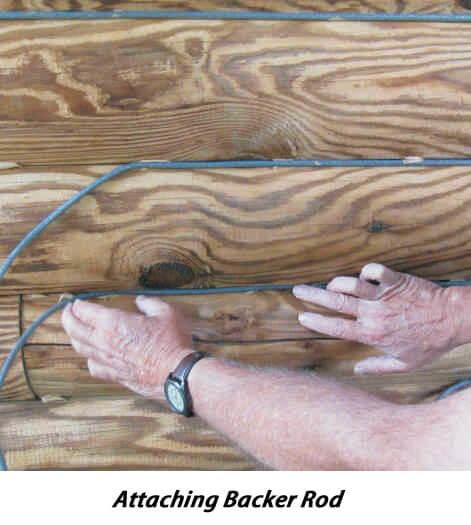
In situations where a joint, seam or gap is too small to insert Backer Rod you can hold it in place by applying small dabs of Energy Seal along the seam and then pressing the Backer Rod into them. The dabs of Energy Seal will hold the Backer Rod in place while a proper thickness of Energy Seal is applied on top. You can also use a narrow strip of water-resistant masking tape. You don’t want to use masking tape that wrinkles when it gets wet, since the wrinkles may show through the sealant. For extremely narrow seams an excellent option is to use pinstripe tape available at most automotive supply stores. The tape is vinyl; therefore, it’s waterproof and since our sealants do not bond to it, it makes an excellent material to use. Pinstripe tape is available in widths down to 1/8”.
Approved Backing Materials
- Grip Strip
- Backer Rod
- Log Gap Cap
- Expanded polystyrene (EPS) beadboard, foil-faced
- Polyisocyanurate board (Polyiso or R Max)
- Water-resistant masking tape or pinstripe tape
DO NOT USE
- Extruded Polystyrene (causes blisters)
- Polyurethane foam (Pur Fill, Great Stuff, Styrofoam)
- Blue Board, Pink Board or any other colored board (outgases and causes blisters)
- Bare wood or strips of bare wood (outgases and loss of elasticity, 3-point adhesion)
- Anything that you are unsure about check with Perma-Chink Systems before using it
The Role Backing Materials Play When Sealing a Seam
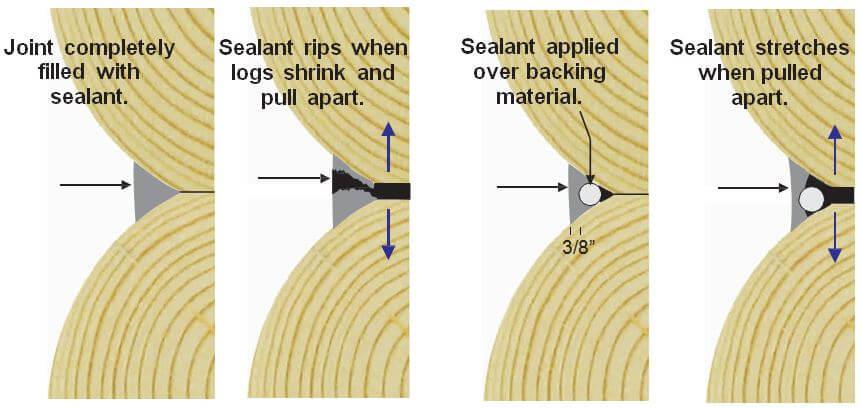
Round Logs
When deciding the width of a sealant joint between round logs a good guideline to follow is for the width of the sealant to be one-sixth the log diameter. For example, with six inch diameter logs 6” ÷ 6 = 1.0” wide sealant joint. The width of the backing material you require depends on the profile of your logs but you need to take into account that you will be applying a 3/8” thick layer of sealant over it and you’ll need at least ¼” top and bottom for adequate adhesion to the wood.
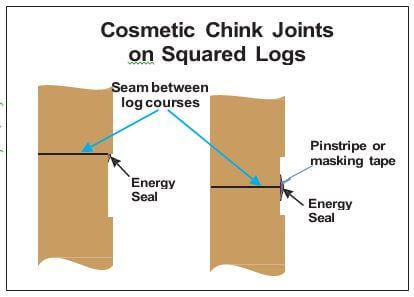
Squared Logs
We rarely see squared log chink joints less than 2” wide, so Energy Seal or Woodsman is seldom used in these situations. However, for cosmetic chink joints less than 3/8 inches deep we recommend sealing the seam with Energy Seal and then applying Chink Paint over the entire joint. On the other hand Energy Seal is often used on squared logs for sealing corners, butt joints, widows, door frames and other areas where a visible chink joint is not desired.
Applying Energy Seal
The overall performance of any sealant system is dependent on the use of proper application methods. Any sealant must be applied in a manner that will allow it to stretch in order to compensate for log movement. If it is applied too thick, once it cures it won’t be able to stretch enough to compensate for the movement and it may tear away from the wood. Think of it like a rubber band. A thick rubber band will not stretch as far as a thin one. However if the rubber band is too thin, it will break when it is stretched. The same thing applies to sealants. If applied too thick, they can’t stretch and if too thin they may be weak and will tear when pulled apart. In the case of our sealants the magic number is an applied wet thickness of 3/8”. When cured this results in the best elongation with maximum strength.
Have the Proper Tools
Before you start have all of the tools that you will need at hand and be sure that they are clean and in good working order.
These may include:
- Caulk gun or bulk loading gun
- Rags
- Trowels and/or spatulas
- Plant mister with water
- Masking tape
Weather Conditions
Freshly applied sealants should be protected from direct rainfall for a minimum of 24 hours. Either watch the weather or drape a newly sealed wall with plastic film. Be sure to allow some airspace between the wall and the plastic to facilitate drying. Avoid applying sealants in direct sunlight or when the temperature is less than 40° F. In cold weather it’s important that the logs be free of frost and dew in order to ensure that the sealant adheres tightly to the wood. The best surface temperature range for easiest application and best results is between 50° F and 80° F.
Application
Cut the applicator or tube tip to the desired diameter of the sealant bead you want to apply.
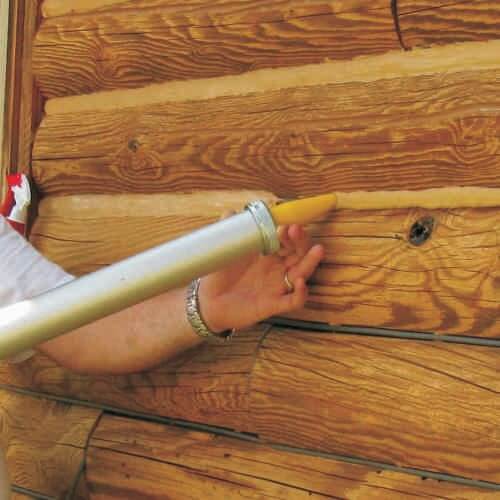
Step 1: Begin by holding the tip firmly against the seam or joint and apply a bead of sealant. You need to apply enough sealant to maintain a wet thickness of at least 5/16” and no more than ½” (target = 3/8”) across the entire seam or joint after tooling. Only apply as much sealant as you can tool smooth in about 15 minutes.

Step 2: Once the joint is filled trowel it out to approximately 3/8th of an inch thick across the entire joint. Do not spray it with water at this time! Make sure there is good contact between the sealant and the exposed edges of the wood. The most difficult areas to tool are corners. You tend to drag product out of the corners resulting in the sealant becoming too thin. You can occasionally check the thickness of the sealant using a toothpick to see if you are maintaining the proper thickness.

Step 3: Once the sealant is roughly in place and any entrapped air worked out of it, spray it with a light mist of water. Do not saturate the surface with water. If water begins to run down the wall, you have applied too much.

Step 4: Tool the surface smooth with a trowel or spatula. If you used masking tape to protect the surrounding wood be sure to remove it as soon as you are finished tooling and make sure that you have not left any lip on the top edge of the sealant that may catch water. If you have, tool it smooth.
Sealing Window & Door Frames
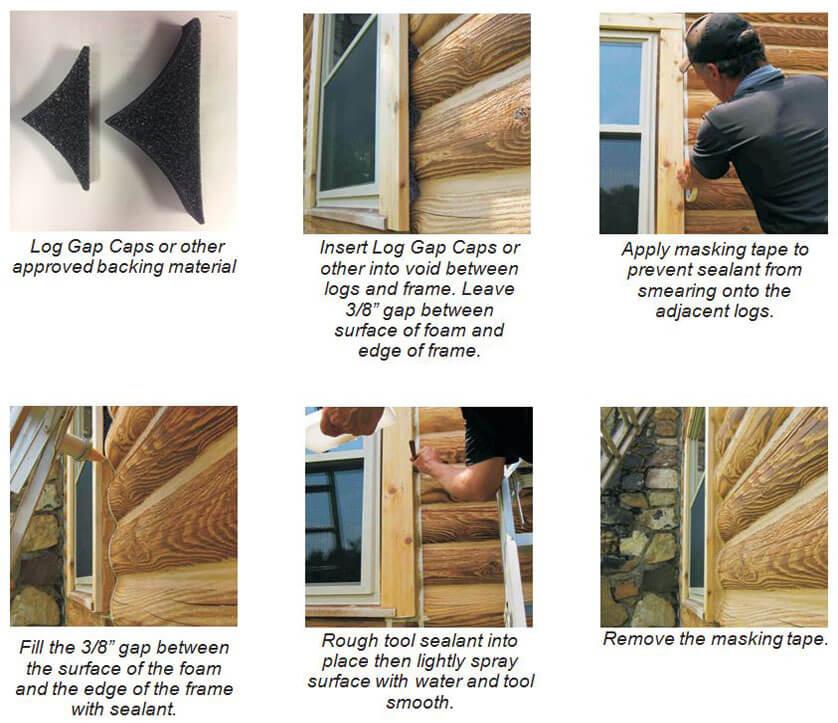
Clean-Up
If you get any sealant on the surface of the wood, be sure to wipe it off with a wet rag as soon as possible. If you allow it to dry it will be just about impossible to completely remove. Make sure to clean your tools and equipment with clean water occasionally during application. Dried sealant is difficult to remove from just about anything including clothes.
Drying and Curing
Drying time and curing time are two entirely different terms. In warm or hot weather, Energy Seal may begin to skin over in as little as ten minutes while a complete cure may take a couple of weeks. Cooler temperatures will slow both the drying time and curing process.
How To Prevent Mold And Mildew
Learning about Mold and Mildew
Mold and mildew are terms that are used interchangeably since they refer to the same living micro-organisms. For simplicity we’ll refer to them as molds. Molds encompass a wide range of fungal species that can live on the surface most materials, including wood. They require air, water, and food. Their color is usually white or black, but can be just about any color. If the growth is green, it’s probably a plant-like organism called algae.
The molds that concern us live on wood fibers or even on finished surfaces. Bare green wood is very susceptible to mold growth since the high moisture content provides lots of available water, and the wood’s nutrients are readily available as food. Many types of mold grow on green wood. They vary from black spots to white tendrils (commonly called dog hair). All mold growth MUST be removed before any of our LIFELINE™ finishes are applied.
Use Specialized Cleaners not Bleach
While common household bleach has traditionally been used to remove mold, it should never be used on bare wood surfaces. It is fairly easy to remove mold and prevent their reappearance underneath our finishes without having to use caustic wood-damaging chemicals like chlorine bleach. Wood cleaning products like Wood ReNew™ and Log Wash™ usually do an excellent job when used correctly.
Know Where Mold and Mildew Grows
All of our exterior stains and topcoats contain dry film preservatives that help prevent the growth of mold on the surface of the finish. They do not prevent the growth of mold on the substrate under the finish. That’s why it’s so important to thoroughly clean the surface prior to applying the first coat of stain or primer. Mold spots forming under a finish is an indication that the surface was not properly cleaned during preparation. The only way to remove them is to strip the finish down to bare wood to get at the mold.
Occasionally shaded, warm, moist environments can create conditions so conducive to mold growth that they can overcome the preservative or mildewcide additives contained in the finish.

Prevent Mold and Mildew
One way to handle this type of situation is to thoroughly clean the walls with Log Wash and then apply a coat of Advance™ Clear Topcoat mixed with a Mildew-X additive. Just be aware that the addition of Mildew-X will diminish the reflectivity – or gloss – of Advance Gloss.
A final thought about maintenance of exterior finishes: An occasional wash with Log Wash will help keep the surface clean and mold-free. If needed, a maintenance coat of Lifeline Advance will renew the water repellants, UV inhibitors, and the mildewcides. Cleaning and maintaining your exterior finish will protect the wood and maintain the appearance of your home, including keeping it free of surface mold.
Perma-Chink Systems have the best stains for log and timber homes. While we tend to call our stains “finishes,” most consumers are used to the phrasing of “wood stain.” Why the difference? The quick answer is that stains permeate the wood, while finishes form a film over the surface, protecting the wood. If you want to know more about the difference, our tips below can answer your questions.
The Tech Tips are grouped below by how our system works. Like most things in life, success is determined by a strong foundation. So the first section contains information on getting your log or timber home ready for the finish of your choosing. Following the surface prep section, we’ve consolidated information about our finishes for both exterior and interior. The final section is dedicated to known issues with log and timber homes that all homeowners have to deal with, regardless of which finish they choose.
Wood Finishes Application Guide

Perma-Chink Systems namesake product, Perma-Chink, is the leading sealant for log homes. We’ve extended the same performance and quality of Perma-Chink in our other sealants, Energy Seal and Woodsman.
Below are our Tech Tips for all our sealants, including our Chink Paint, which provides an excellent solution to refresh old, but sealed, chinking.
Sealants Application Guide
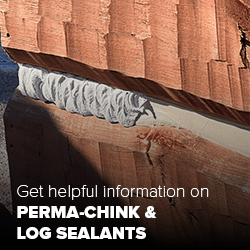
The inside of a home is where you do most of your living. As such, it’s important to take time to select the right interior stains and finishes for your log and timber home. You will achieve an interior that is visually pleasing and performs well for years when a proper stain is chosen.
Two Traits
When it comes to interior finishes, there are two phenomena that homeowners tend to overlook.
1. Surprising surface area. Interior walls and ceilings dramatically increase the amount of surface area that requires treatment. Generally there is about twice as much stainable surface on the interior than the exterior. You’ll be looking at the results of your interior stain for years to come throughout your entire home, so choose wisely.
2. Choices, choices, and more choices! During a new build, homeowners are faced with hundreds of decision points along the way, often with details unfamiliar to them. It’s common for homeowners to ask the general contractor (GC) for advice. Many GCs typically recommend a “safe” off-white color, but that doesn’t always translate well with the natural logs in a cabin. A GC wants to stay on schedule, but selecting your interior stain takes a little time. You can’t easily undo stain.
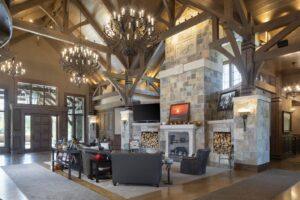
What’s Your Color?
When selecting the perfect interior stain for your log home, consider how you use your space and the atmosphere you want to create. Is your home filled with natural light? Do you lean towards cozy dark walls with a lighter ceiling, or do you prefer a bright and airy ambiance with lighter walls? Keep in mind that wood absorbs light, so a darker stain can make a room appear significantly darker than you might expect.
Next, think about the tint base. Do you favor shades of brown, red, gray, or perhaps a bleached look? Wood stain trends come and go, so it’s essential to explore your options and choose a tint that you’ll love for years to come. Remember, it’s easier to darken a light stain than to lighten a dark one.

Distinct Needs
Not all interior wood is the same. Logs and heavy timbers are not like the wood of cabinets, moldings, and furniture. These smaller wood products are usually sprayed with nitrocellulose lacquer to protect them through a hard, shiny finish. Unlike cabinets, tables and trim, larger timbers and logs are more dynamic. If you try and put a similar lacquer on your interior log walls, the finish will crack and peel as these larger pieces of wood naturally contract and expand. A specialized finish for logs will ensure the interior looks the best for years to come.
Some homeowners wonder if the interior can go “au naturel” and keep the wood plain with no stain or topcoat. While interior logs may not be subjected to the same elements as their external counterparts, unfinished logs and timbers will absorb cooking oil and odors and collect dust, handprints, and water stains if not protected. Have you ever run your hand across rough-cut wood? The roughness of the wood is not very pleasant to feel. All those little crags and jags on the surface need to be covered in a light film; one that’s strong enough to be wiped down and protect the wood while remaining flexible enough to not crack as the log expands, shifts, and contracts over time.
Choose a stain that’s designed for the demands of a log home interior. Exterior stains contain higher levels of biocides and preservatives that you don’t need or want inside your home, especially where you’re eating and sleeping. This is also why you want to avoid an oil-based stain. Oil-based products have high levels of volatile organic compounds (VOCs), which are extremely unhealthy in enclosed spaces.

Smart & Attractive
Start with a stain that gives you the aesthetic and exact level of transparency you desire. Here at Perma-Chink Systems, we recommend using one of our Lifeline Interior stains, which come in a wide array of tones, including clear. After staining, add one or two clear coats of interior finish; Lifeline Acrylic or Sure Shine, a water-based poly finish. Both add enough film to protect your logs and minimize the roughness of logs so they can be easily wiped and cleaned. Lifeline Acrylic and Sure Shine come in gloss or satin. Sure Shine is strong enough to withstand foot traffic, and an excellent alternative to wood floors than smelly and caustic oil-based floor coatings.
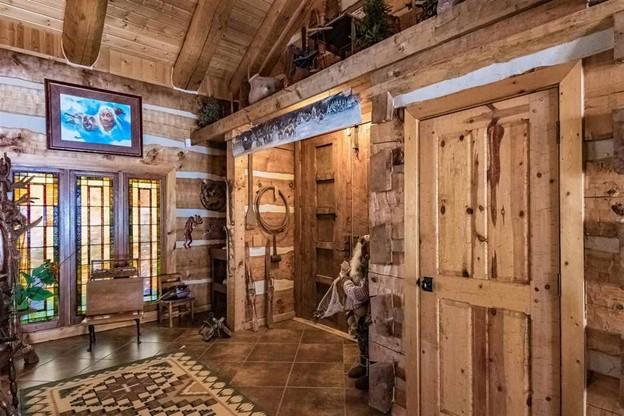
These stains also contain the right amount of UV protection to avoid “picture framing.” Picture framing is the shadowy discoloration that remains on the wall when you move a bookshelf or a picture. After all, your stain should let you redecorate your log home whenever you want! Perma-Chink interior stains and finishes will ensure that the inside of your log home is just as breathtaking and gorgeous as the outside.
To order free color samples, visit our online store here or call us to discuss custom colors at 1-800-548-3554.
What Makes A Topcoat Different?
There is a common thought out there that believe topcoats are just the regular finish without color added. However, our topcoats are completely different than our finishes because they do different things.
Lifeline Acrylic Gloss and Satin (G/S) and Sure Shine™ Gloss and Satin are totally different formulations than Lifeline Interior or any other finish. Lifeline Interior, Lifeline Accents, and Prelude™ contain a polymer system that offer some distinct adhesion advantages when applied to bare wood. Topcoats are designed to envelope those finishes, protecting the color and wood from environmental damage and everyday living.
Why Do I Need An Interior Topcoat?
When left exposed without a topcoat, interior finishes are more susceptible to dirt pick-up that may not be easily cleaned off. When topcoated with Acrylic G/S or Sure Shine G/S, the finish surfaces become much more impervious to dirt pick-up. The wood surface becomes more slick and smooth, enabling them to be kept clean with much less effort. And as mentioned earlier, the topcoat protects the finish from abrasions, dirt, water, and more. The bottom line is that Lifeline Interior, Lifeline Accents or Prelude are highly recommended to be topcoated with either Acrylic G/S or Sure Shine G/S to get the maximum protection for your log or timber home interior.
When Can I Apply A Topcoat?
The best time to apply a topcoat is when your log home has dry or seasoned logs. Whenever a house is over one or two years old, or you are sure your logs are dry, be sure to obtain samples of both Acrylic G/S and Sure Shine G/S. If Acrylic G/S does not result in the smooth, slick surface that you desire, try Sure Shine G/S. Sure Shine G/S is a water-based acrylic-urethane that builds depth and luster with fewer coats. However, polyurethane films are less breathable, so we do not recommend their use on logs that have not fully seasoned. If your home is finished in Acrylic, in the future Sure Shine G/S can always be applied over the Acrylic G/S if you want an exceptionally smooth, deep finish on your interior walls.

Can I Topcoat Over Bare Wood?
What if you don’t want a pigmented stain on your interior wood? Do you need to apply Prelude or Lifeline Interior Clear before applying Sure Shine G/S or Acrylic G/S? From a technical and performance standpoint, it does not matter which one you choose, although Prelude does include an additive called UV Boost that will help prevent the picture frame effect that occurs over time. Although UV Boost can be added to Interior Clear, Acrylic G/S and Sure Shine G/S, most people prefer not to spend more money than they need to, and using Prelude as a primer on bare interior wood will significantly decrease the amount of more expensive Acrylic G/S or Sure Shine G/S you will require.
How Can I Get Lifeline Acrylic or Sure Shine?
We’re glad you asked! You can order online at Store.PermaChink.com or call us at 1-800-548-3554. We’ll be happy to help get your started on protecting your home.

